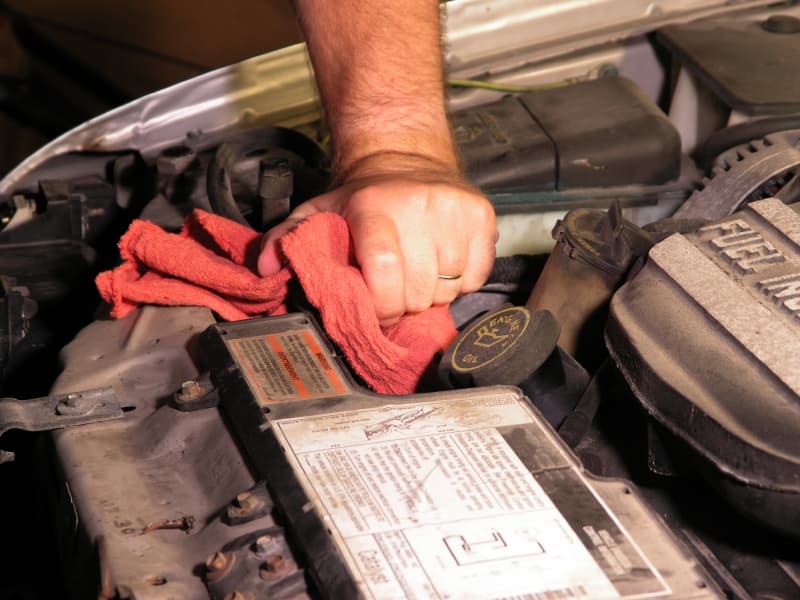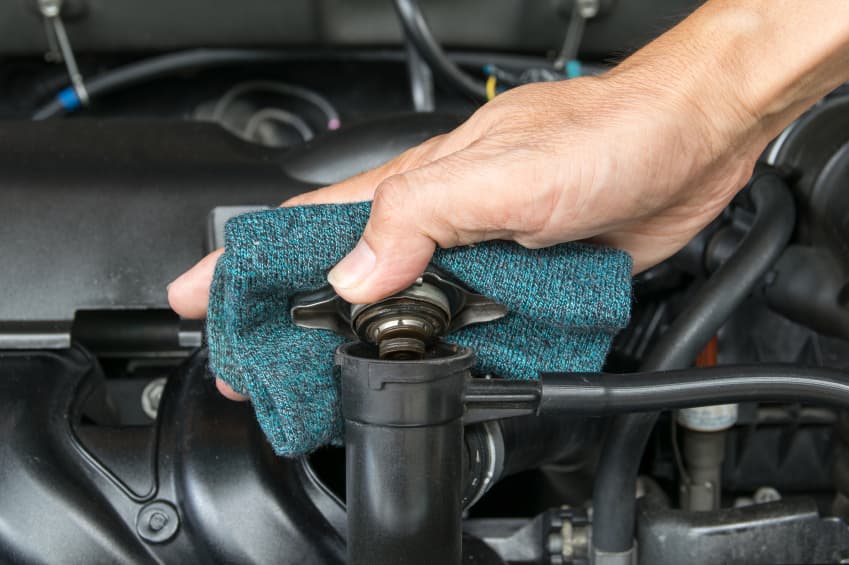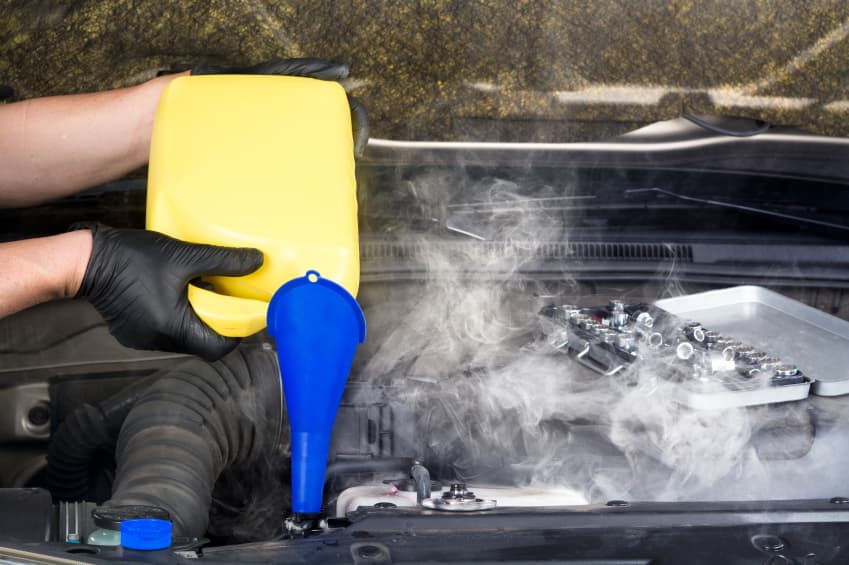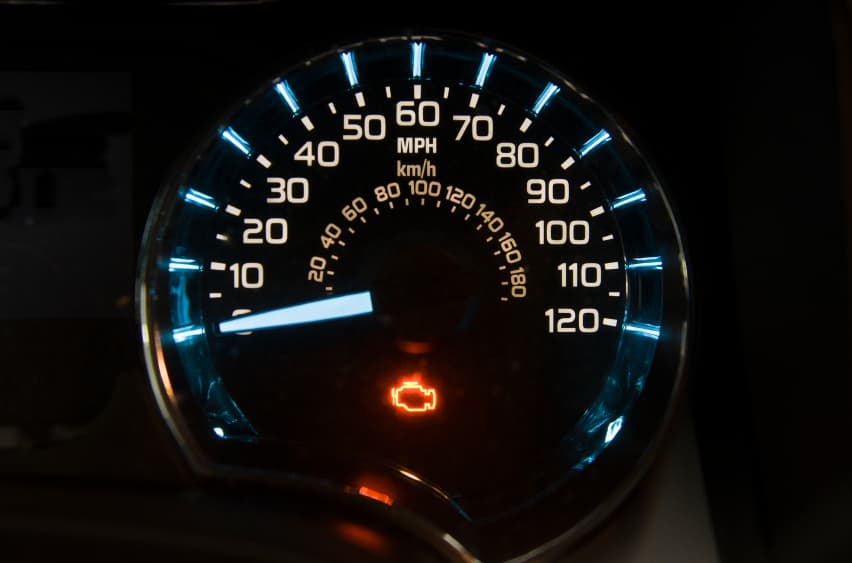
November 24, 2017
How Does a Radiator Work?
The radiator is one of the most misunderstood automotive components. This may be because a car radiator works so differently from a home radiator. The one in your home works essentially to warm up the immediate surroundings—but the one in your car does something a little different.
Your Engine Cooling System
It’s actually an invaluable part of your engine cooling system. Of course, your engine both burns fuel and creates friction in order to give your car the juice it needs, and that causes a great deal of heat to build up. That heat needs to be diverted away from the engine, or else it could cause tremendous damage. The pistons in the engine would seize up and snap in two, and the engine would be broken down completely.
That’s why engines have built-in, multi-part cooling systems. This includes an exhaust system, through which heat can escape. It also includes oil, which lubricates the engine parts and reduces the amount of friction. Even so, engines can get hot pretty quickly—and once they hit a certain temperature, the rest of the cooling system kicks in.
When the Radiator Kicks In
Here’s what happens:
- A thermostat at the front of the engine detects when the engine reaches an unacceptable temperature. This triggers the release of water and coolant—both of which are held in the radiator.
- This liquid combination picks up the heat generated by engine friction and burned fuel. It is then sent back into the radiator itself. The surface area is ample enough to let the coolant cool. Additionally, a fan positioned near it helps cool the coolant further.
- Air from outside the car is brought in through vents, providing further cooling power. The coolant sufficiently cooled down, can then be sent back into the engine to pick up more heat.
When Cooling Systems Go Bad
The long and short of it is that your radiator plays a vital role in removing heat from your engine—thereby ensuring the engine can function properly, without risk of sudden breakdown. Over time, of course, various issues can prevent the cooling system from working properly. One common issue is that the thermostat, from which the coolant is released into the engine, becomes clogged and no longer opens. This is a significant problem: It means the engine can overheat and ultimately break down if you don’t have the problem corrected right away.
An even more common reason for cooling system breakdown is a leak; leaks can cause coolant levels to become too low, which means there is not enough coolant to pick up the heat and remove it properly.
Certainly, if you notice fluid under your parked car and suspect a leak, it’s important to have the vehicle inspected and serviced right away. These problems can be serious, but spotting them quickly can lead to a more straightforward solution. Contact your local Meineke Car Care Center today to schedule a service appointment!



